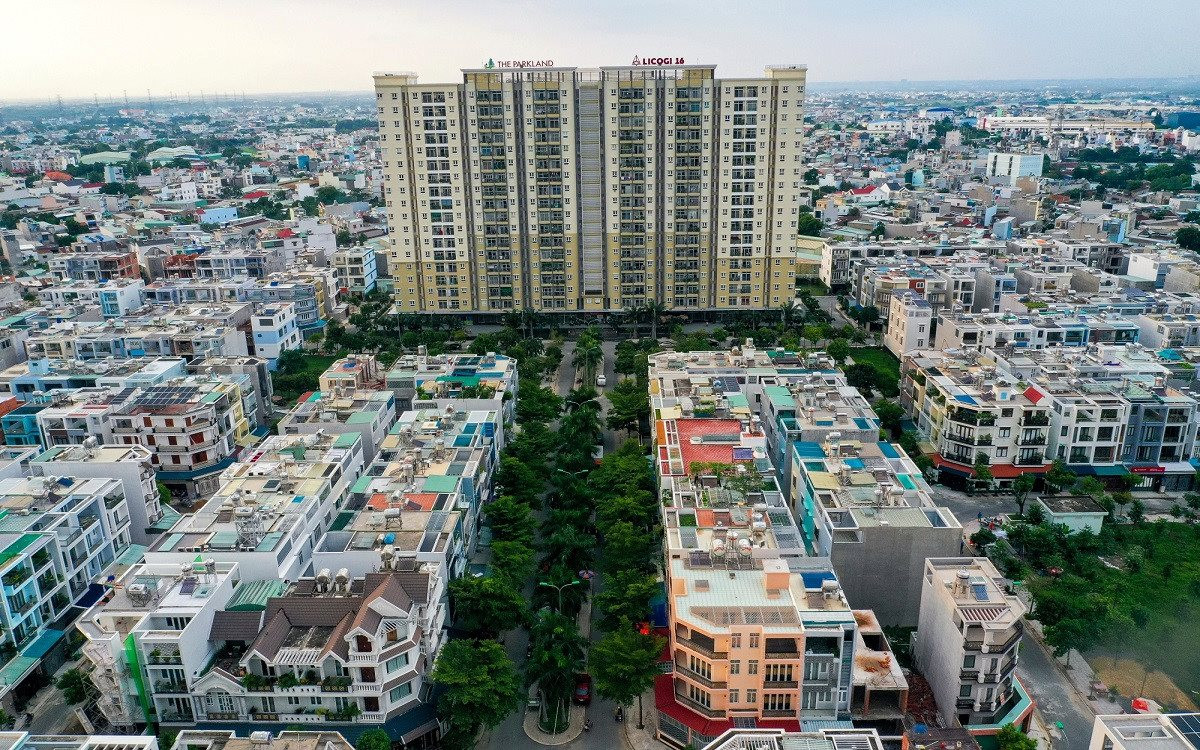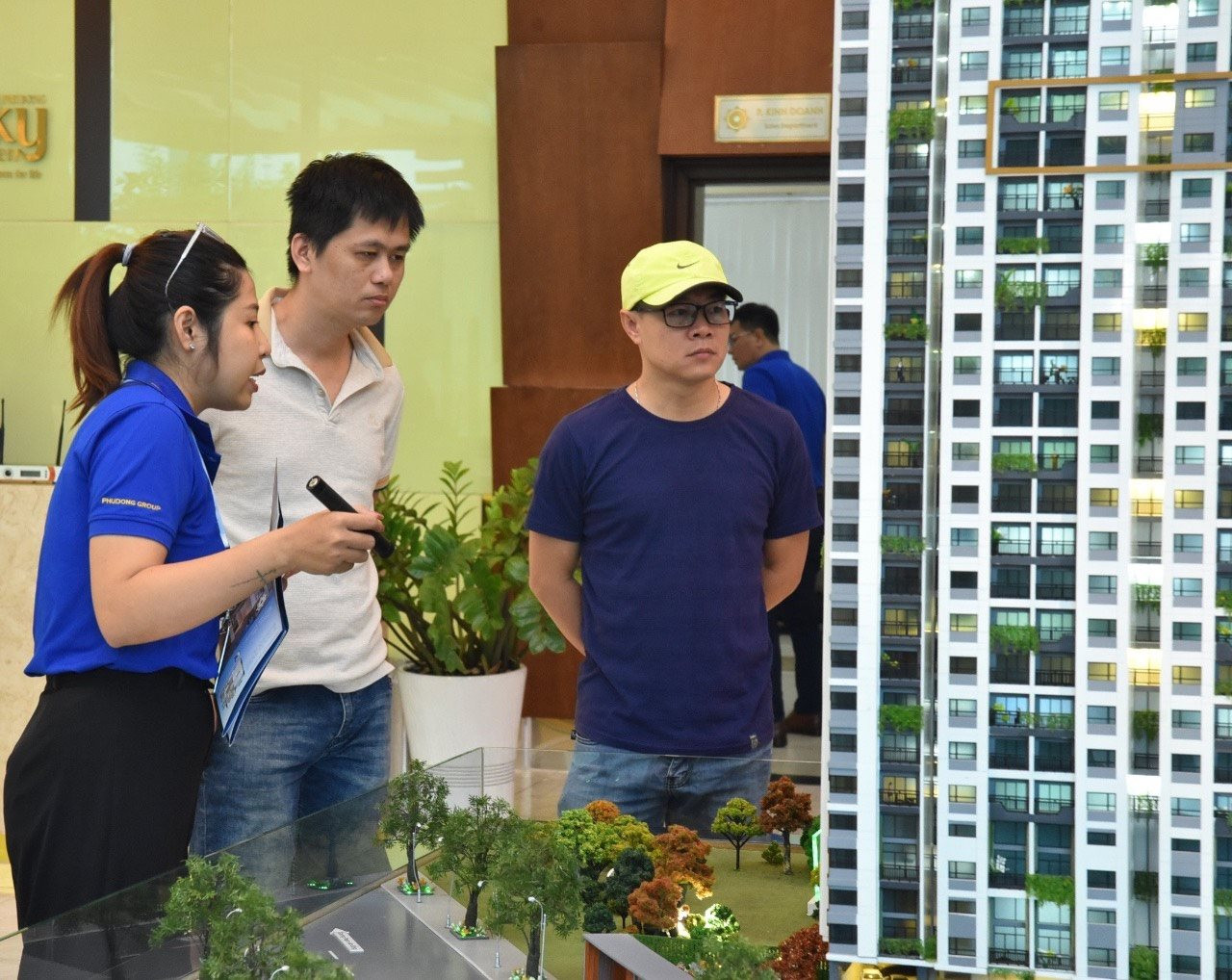Lowest housing supply in Ho Chi Minh City in the past 10 years
According to Giang Huynh, in the context of the lowest housing supply in Ho Chi Minh City in 2023 in the past 10 years, the market is facing a shortage of supply and rising house prices. In this context, Binh Duong is a suitable alternative with abundant supply and affordable prices.
Data from Savills Vietnam shows that in Ho Chi Minh City, there were only 10,700 housing units supplied in 2023. Meanwhile, new supply is still in high demand. Along with that, the number of housing transactions has decreased continuously by 7% per year over the past 10 years. In the context of a shortage of supply and high house prices, the market recorded only 6,300 transactions in the past year.

According to Savills, new supply accounts for 78% of the market share of housing transactions and has an absorption rate of 84%. These projects sell well thanks to clear legal regulations before launch, long payment periods, bank financing support, and accessible prices ranging from 2-5 billion VND/unit.
Excluding new supply, the market is still weak with only 670 units sold, corresponding to an absorption rate of 14%. Primary sale prices have returned to 2020 levels at 69 million VND/usuable m2, a decrease of 36% quarterly and 45% yearly as expensive projects had to reduce their inventory.
Analyzing the current housing prices in Ho Chi Minh City, Giang Huynh said that in 2023, there are no products under 2 billion VND, and 90% of transactions are in the price range of 2-5 billion VND/unit.
“In the period from 2024-2026, the supply of housing units priced from 2-5 billion VND will become even scarcer, and supply will mainly focus on the 5-10 billion VND/unit segment. Therefore, homebuyers in Ho Chi Minh City may switch to buying affordable products in neighboring areas such as Binh Duong, Dong Nai, and Long An,” Giang analyzed.
Binh Duong meets the demand for affordable housing in 2024
According to Savills experts, in 2024, 96% of future supply in Binh Duong, Dong Nai, and Long An will be in the price range below 5 billion VND/unit. Therefore, this is considered a solution to the affordable housing problem in the Ho Chi Minh City area.
Currently, apartment products in Binh Duong and Dong Nai still maintain competitive prices compared to the Ho Chi Minh City market. This makes these areas attractive destinations for homebuyers. The demand for housing in Binh Duong is increasing due to industrial development and rising immigration rates. This creates stability in the market demand and ensures the continued development of the real estate market in the region.
According to recent reports, in Binh Duong, businesses have started to introduce a series of affordable apartment projects to the market, attracting attention. For example, the Phu Dong SkyOne project (price below 1.5 billion VND/unit); A&T Sky Garden (35-40 million VND/m2); T&T Capital’s project (30-35 million VND/m2); Bcons Binh Thang (34-38 million VND/m2); The Felix (30-32 million VND/m2)… Among them, the Phu Dong SkyOne project by Phu Dong Group will provide nearly 800 affordable apartments to the market from the second quarter of 2024 and is receiving attention from buyers. The apartments here have an area ranging from 42m2 to 75m2. In particular, the highlight of the project is the Penstudio duplex apartments with a usable area of over 50m2…

“Playground” for affordable housing belongs to Binh Duong in 2024.
However, according to Giang, with the rapid development in recent years, the secondary housing supply has been handed over, and future supply in Binh Duong is expected to increase sharply, creating significant competition pressure for new projects. This may pose challenges in setting prices for new projects, especially as construction and development costs continue to rise.












